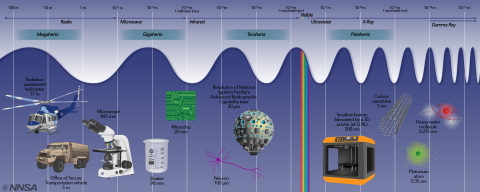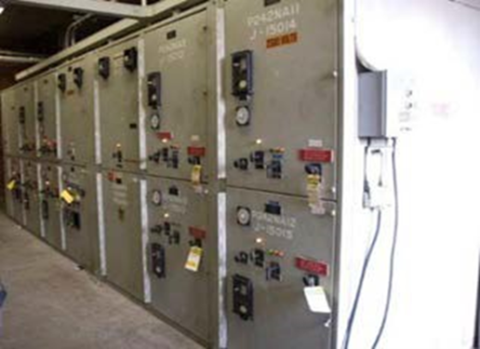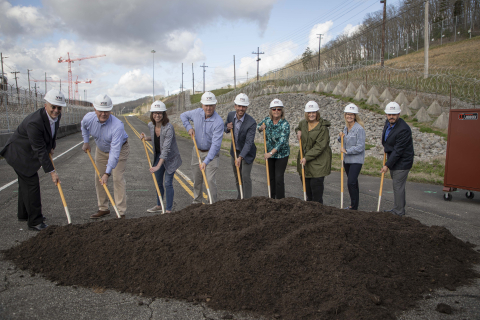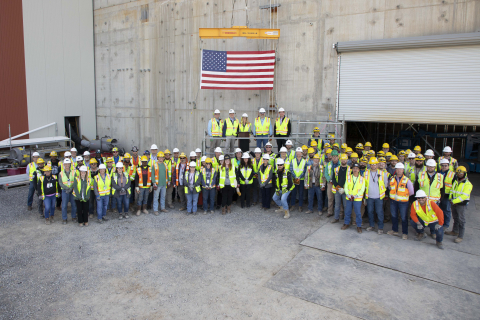NNSA achieved a key milestone in energizing the Uranium Processing Facility (UPF) at the Y-12 National Security Complex in Oak Ridge, Tennessee, signifying the project’s transition to the final phase of construction.

Around the Nuclear Security Enterprise, researchers have found new ways to cast metal, create one-way “mirrors,” and revolutionize 3D printing – all using microwaves.

At NNSA’s labs, plants, and sites, research supporting our vital missions reaches across the electromagnetic spectrum – from radio waves to gamma rays. Sometimes that innovation spills into other areas, too, enabling tomorrow’s technological wonders.

A look back at historic NNSA moments in flight – enjoy these classic photos from laboratories and sites that work on NNSA missions.

NNSA is going from 0 to 60 towards full electrification of the government fleet by 2035. In recognition of their outstanding leadership and significant contributions to greening DOE’s fleet, three NNSA sites were recognized with DOE Green Fleet Awards.

The dedication, professionalism and skills of NNSA’s federal and contractor security staff across the Nuclear Security Enterprise ensure that our national security mission is successfully accomplished every day of the year.
NNSA announced today that it is canceling its November 2020 contract solicitation for management and operation of the Pantex Plant and Y-12 National Security Complex and terminating the contract award announced in November 2021 for the two sites.

NNSA is responding to the White House’s Executive Order on Tackling the Climate Crisis at Home and Abroad with the expansion of a successful Energy Savings Performance Contract at the Y-12 National Security Complex in Oak Ridge, Tennessee.

The National Nuclear Security Administration this week held the groundbreaking of the multiyear Security Infrastructure Revitalization Program at the Y-12 National Security Complex in Tennessee.

The Department of Energy’s National Nuclear Security Administration’s Uranium Processing Facility Project has reached a significant milestone with all buildings being fully enclosed, or “in the dry.”

